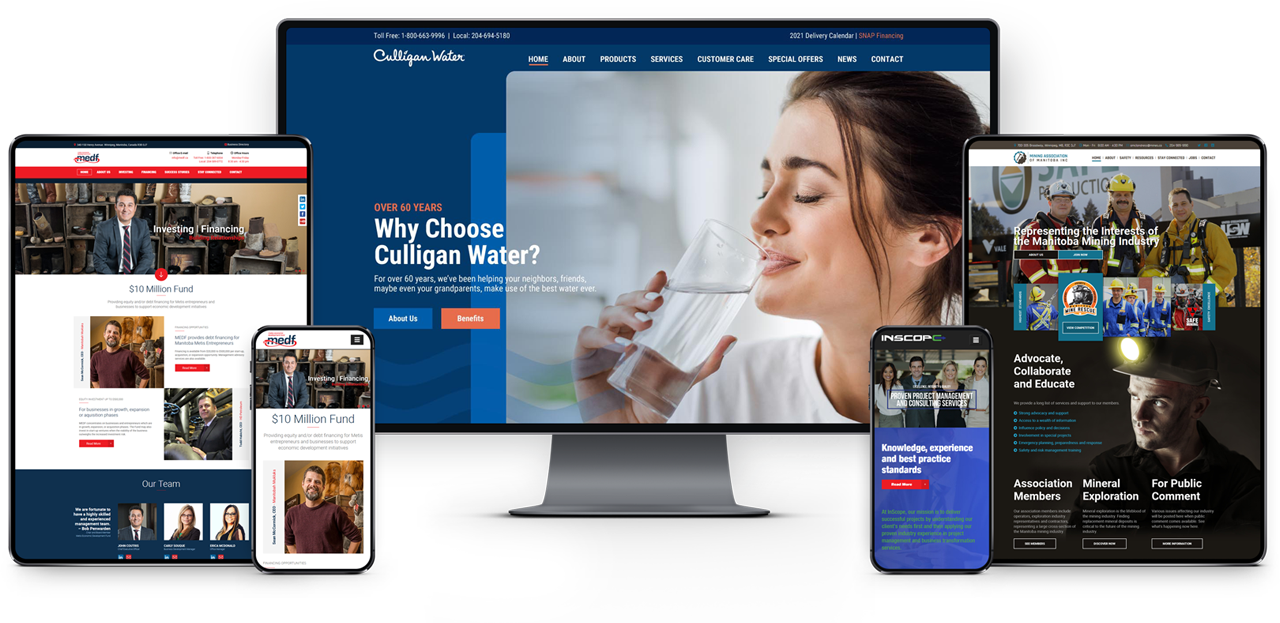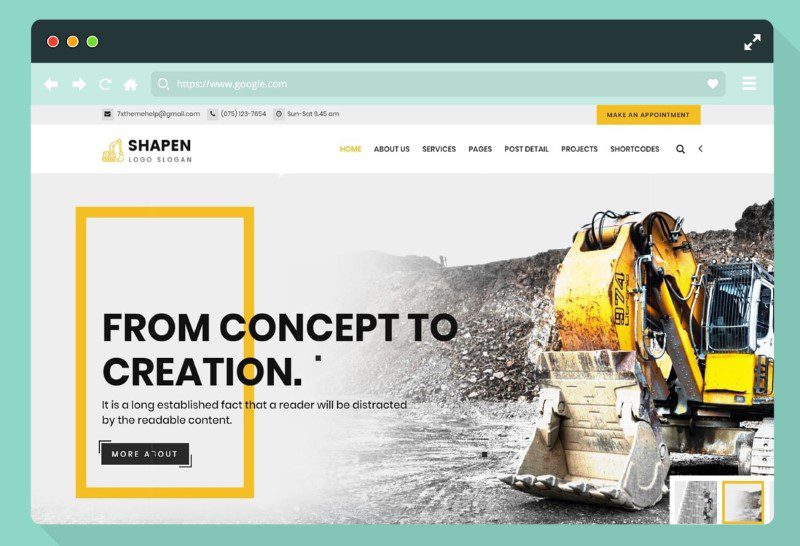Houston Web Developer: Building Dynamic and Scalable Websites for Business Development
Wiki Article
Proven Strategies for Successful Web Layout
In the ever-evolving globe of website design, it is important to stay ahead of the contour and utilize tested strategies that assure success. This overview aims to provide professionals in the field with important understandings and strategies to accomplish efficient website design. By taking on a user-centered approach, developers can produce interfaces that cater to the needs and preferences of their target market. Responsive and mobile-friendly layouts make sure seamless user experiences throughout various devices. Reliable navigating and website structure add to very easy expedition and ease of access. Consistent branding and aesthetic identity establish a well-known and strong on the internet presence. Last but not least, optimizing web page speed and efficiency enhances individual complete satisfaction and urges higher interaction. In this guide, we will check out these tried and tested techniques thoroughly, offering important pointers and techniques to raise your website design skills.User-Centered Style
User-centered layout is a vital technique that focuses on the demands and choices of the target audience in order to create a successful website design. By putting the individual at the center of the style procedure, this strategy ensures that the end product meets their expectations and supplies a favorable individual experience.
Once the research is complete, the next step is to produce customer personalities. These identities represent the different sorts of customers that will connect with the website - Houston Web Design. By determining their goals, inspirations, and discomfort points, designers can craft a design that addresses their specific needs
The user-centered layout procedure additionally entails conducting functionality screening. This enables developers to gather responses from real individuals and make required modifications to improve the site's functionality. By continuously iterating and fine-tuning the design based on user responses, designers can make sure that the end product meets the demands and preferences of the target market.
Receptive and Mobile-Friendly Layouts

Mobile-friendly layouts exceed simply receptive design. They concentrate on developing a user experience that is especially tailored to smart phones. This includes maximizing the web site's loading speed, streamlining navigation, and making interactive components easily clickable with touchscreens. Mobile-friendly formats also think about the limitations of mobile phones, such as smaller sized screens and slower web links, to supply a smooth browsing experience.
Including responsive and mobile-friendly formats not only boosts usability however also has a substantial impact on seo (SEARCH ENGINE OPTIMIZATION) Google, as an example, focuses on mobile-friendly websites in its search results page, making it necessary for web sites to have a mobile-friendly design to enhance their visibility and reach.
Effective Navigation and Website Structure
To guarantee ideal functionality and a seamless browsing experience, effective navigating and site framework are important parts of successful web design. A well-designed navigation system allows individuals to quickly find the information they are searching for, resulting in a positive user experience. When designing the navigating for a web site, it is vital to take into consideration the target audience and their browsing habits. The navigation should be simple and user-friendly to comprehend, with clear tags and sensible group of web content.One reliable strategy for navigating is to use a side or leading food selection that is existing on every web page of the internet site. This allows individuals to conveniently access different sections of the site without needing to go back to the homepage. An additional technique is to consist of a search bar that enables individuals to rapidly browse for details web content.
Along with navigating, the general site framework plays a critical role in the success of a web his explanation site. An efficient structure assists customers recognize the pecking order of information and just how different web pages connect to each various other. It is very important to create a rational flow from one web page to another, ensuring that individuals can easily browse in between different areas of the web site.
Consistent Branding and Aesthetic Identification
A consistent branding and visual identity are vital aspects in successful web layout. They should quickly identify and associate it with a details brand when individuals go to a site. This recognition constructs depend on and reliability, boosting the probability of users engaging with the website and its material.Consistency in branding includes aspects such as logo designs, shades, typography, and imagery. These elements must be made use of continually throughout the site to create an unified and cohesive experience. Using the same logo and color plan on every web page assists customers quickly navigate the site and determine.
Visual identity her response goes past branding and includes the general feel and look of the site. It includes the format, use of whitespace, font choices, and images style. An aesthetically attractive website that straightens with the brand's personality and target audience creates a favorable impression and maintains customers involved.
Keeping a consistent branding and aesthetic identity additionally assists in developing a remarkable individual experience. When users encounter acquainted and regular aspects throughout different platforms and touchpoints, it reinforces the brand name's message and values.
Optimized Page Speed and Efficiency
In today's hectic electronic globe, users have little patience for slow-loading sites. Research studies have actually revealed that also a one-second delay in page tons time can result in a considerable decline in customer involvement and conversions.One reliable strategy for improving page rate is optimizing photos. Pictures frequently account for a substantial portion of a page's file size, bring about slower filling times. By pressing and resizing photos without compromising high quality, developers can substantially minimize page load times.
Another vital facet of maximizing web page rate is decreasing HTTP demands. Every component on a page, consisting of scripts, stylesheets, and pictures, needs an HTTP request. By decreasing the number of requests, designers can enhance the filling procedure and boost efficiency.

Conclusion
To conclude, implementing user-centered layout, responsive formats, efficient navigating, constant branding, and optimized web page speed are tested techniques for effective website design. By prioritizing the needs and preferences of customers, guaranteeing compatibility with smart phones, arranging content properly, maintaining a consistent visual identification, and enhancing efficiency, web sites can supply a positive customer experience and attain their objectives. These techniques add to the general use and effectiveness of a web site, inevitably causing raised customer involvement and contentment.By continually repeating and fine-tuning the style based on individual feedback, developers can ensure that the last product fulfills the requirements and choices of the target audience.
A well-designed navigating system enables users to conveniently find the details they are looking for, resulting in a positive customer experience. It is essential to create a sensible flow from one web page to one more, guaranteeing that customers can quickly browse in between different areas of the website.
Using the same logo design and shade system on every page assists individuals conveniently identify and navigate the internet site.
By prioritizing the requirements and choices of customers, making sure compatibility with mobile devices, organizing material effectively, preserving a constant visual identity, and maximizing performance, web sites can provide a positive user experience and accomplish their objectives. - Houston Website Design
Report this wiki page